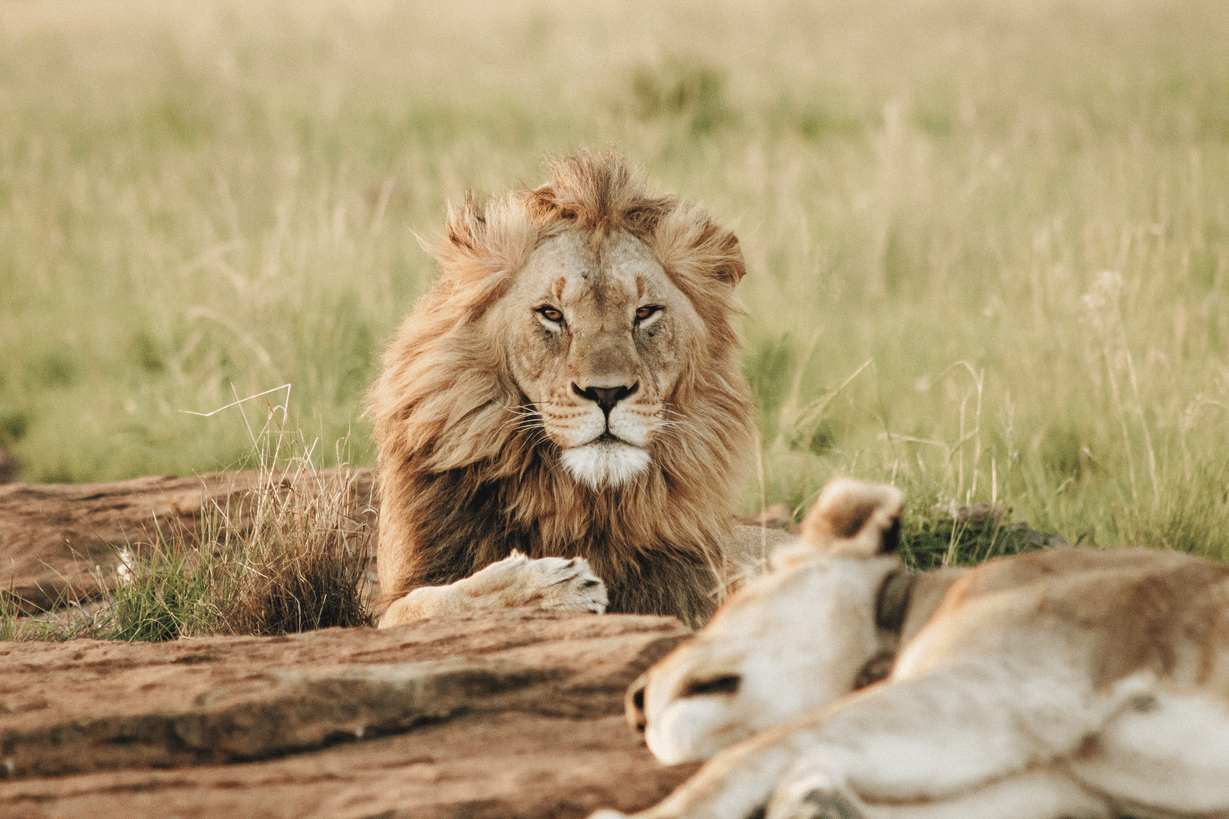
Set deep within a vast semi-desert of basalt hills and sweeping stony plains, Desert Rhino Camp is stunning. Newly rebuilt last year, it combines contemporary tented luxury with warm, genuine hospitality. Sumptuous star beds, panoramic views and superb dinners are a draw in themselves, but most travellers come here for the camp’s namesake rhinos. For more than two decades the camp has partnered with Save the Rhino Trust, working to track, monitor and protect Namibia’s desert-adapted black rhinos, one of the last truly wild populations of black rhino in the world.
Tracking rhino here isn’t for everyone. You need a good degree of agility to navigate the jagged, rock-strewn landscape (walking boots are highly recommended), the ability to listen carefully and remain quiet, and an acceptance that you are on foot in the realm of an animal far faster and more powerful than you are. Unlike most big-game walks, the trackers and guides carry no rifles. Here, the sweeping open terrain allows long sightlines and gives animals room to retreat, and the wardens’ close familiarity with each rhino means they can take sensible precautions and maintain a safe buffer.

On the morning of our rhino-tracking experience, we left camp just as the first rays of sunlight were striking the immense landscape. Our vehicle bounced through the rocky plains until eventually we met up with the Save the Rhino Trust guardians who had located a good-natured, solitary male. Like the camp guides, these rangers know every individual in this 5,000-square-kilometre wilderness, monitoring their movements and behaviour day after day. They invited us to continue on foot, instructing us to walk single file and downwind of the rhino, and to follow their hand signals. Black rhinos have poor eyesight but an acute sense of smell and hearing, so our task was simple: stay silent and do exactly as the trackers directed.
We skirted a shallow, dry riverbed and, as we rounded a low ridge, excitedly spotted the lone male. He browsed nonchalantly among the sparse bushes, ears twitching, aware of us yet at ease. We stood quietly, taking photographs and admiring his impressively long horn, feeling incredibly fortunate. To stand so close to a creature that has survived for millennia in such an unforgiving environment, and now faces relentless pressure from poaching elsewhere, is surprisingly moving. It’s simultaneously sobering to reflect on the species’ vulnerability, yet wonderful to see an individual so well protected.

After a measured time at various viewing points, the rhino guardians signalled our retreat. We looped back across the rocky slope to our vehicle, dust clinging to our shoes and wonder hanging in the air. Standing so close to one of Africa’s rarest creatures, in a landscape of steep hills and broad horizons, was a real highlight of our journey, and a powerful reminder of the patient conservation work that keeps Namibia’s desert-adapted rhinos roaming free.


